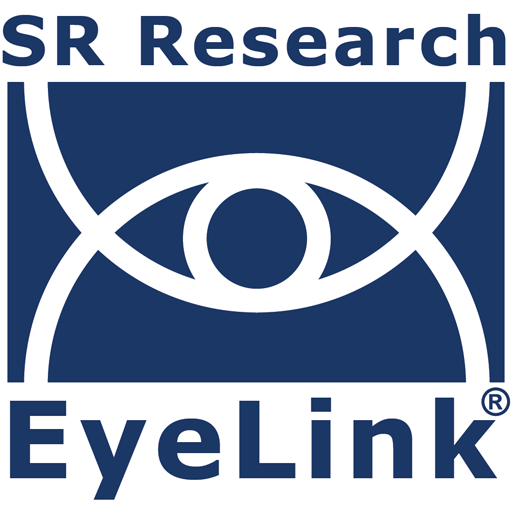CASE STUDY: Color Vision is Aligned with Natural Scene Statistics at 4 Months of Age

Understanding the intricacies of human visual development, particularly in early infancy, presents unique methodological challenges. Traditional psychophysical methods, often relying on verbal responses or complex behavioral cues, are unsuitable for pre-verbal infants. In a recent paper on infant color perception, “Colour vision is aligned with natural scene statistics at 4 months of age,” Skelton, Franklin, and Bosten (2023) ingeniously addresses this by leveraging advanced eye-tracking technology. This case study explores how the precise measurement of eye movements was instrumental in revealing that even at 4 months of age, infants’ color vision is aligned with the statistical regularities of natural scenes.
Prior research into infant visual perception has often relied on less efficient techniques, such as preferential looking, which typically yield a single “seen vs. not seen” outcome and are time-consuming. To comprehensively map infant color discrimination, a method was needed that could efficiently capture responses to a wide range of stimuli and allow for the generation of full psychometric functions. This was critical for understanding the nuances of color perception, including potential biases in discrimination.Solution:
Infant Eye-Tracking Paradigm
Skelton et al. used an SR Research Eyelink 1000 Plus system to record the eye movements of infant participants. Infants (aged 4-6 months) were seated 60 cm from a display and presented with colored circular targets. The core of their method involved:
- Precise Fixation Detection: If an infant fixated on a target (or a 1° area around it) for at least 116 ms, it was recorded as a “hit,” triggering a visual (smiley face) and auditory (musical tune) reward. This immediate feedback was crucial for maintaining infant engagement.
- Efficient Data Collection: Unlike preferential looking, this gaze-contingent approach allowed for the presentation of a greater number of stimuli and points, enabling the researchers to measure performance across 8 hue directions and varying saturation levels. This efficiency was key to generating detailed psychometric functions for each hue.
- Adaptation for Infant Behavior: The experimental procedure was adapted for infants, including a brief “cartoon” phase for camera setup, repeated spatial calibration if the infant moved, and the presentation of a looming black and white spiral with a loud noise to refocus attention if gaze left the screen.
Color Vision Aligns with Natural Scene Statistics in Infants
The eye-tracking data allowed the researchers to fit psychometric functions for each hue axis, revealing color discrimination thresholds for both younger and older infant groups. By fitting color discrimination ellipses to these thresholds, they demonstrated that, like adults, infants as young as 4 months exhibit a bias in color discrimination along the blue-yellow axis. This bias aligns with the axis of maximum variability of colors in natural scenes, providing the earliest evidence found to date that post-receptoral vision is tuned to natural scene statistics so early in development.
The ability to measure full psychometric functions, a feat largely attributed to the efficiency and precision of eye-tracking, proved vital. It allowed for the examination of how discrimination bias varied with different performance criteria (alpha), a crucial insight that would have been obscured by less comprehensive methods.
The study by Skelton, Franklin, and Bosten stands as a compelling example of how eye-tracking technology can overcome inherent challenges in infant research. By providing a reliable and efficient means of measuring perceptual responses in pre-verbal subjects, eye-tracking enabled the groundbreaking discovery of a natural scene statistics-aligned color vision bias in infants as young as 4 months. This research not only advances our understanding of early visual development but also underscores the indispensable role of sophisticated eye-tracking methodologies in pioneering new frontiers in developmental science.
For information regarding how eye tracking can help your research, check out our solutions and product pages or contact us. We are happy to help!
